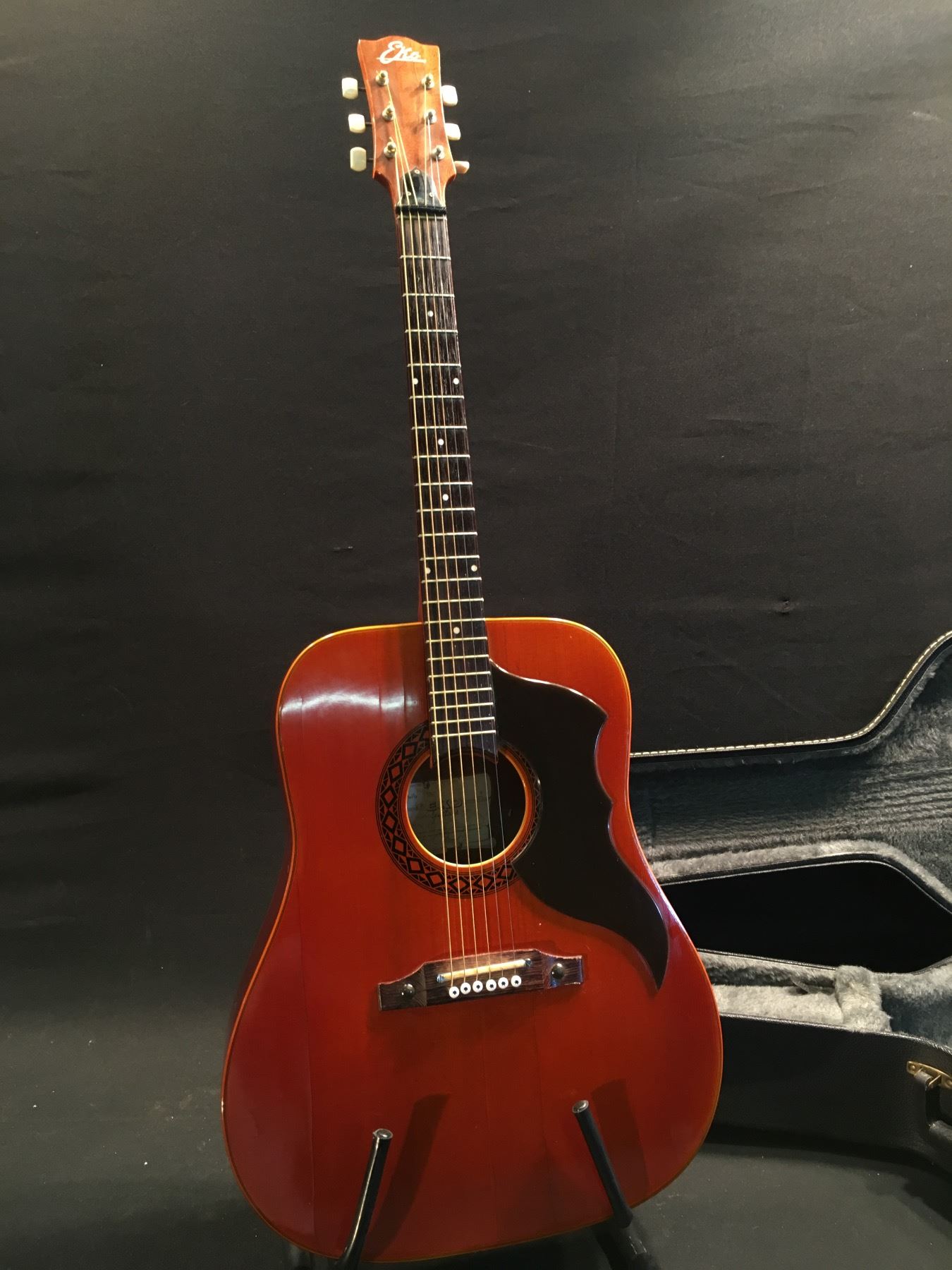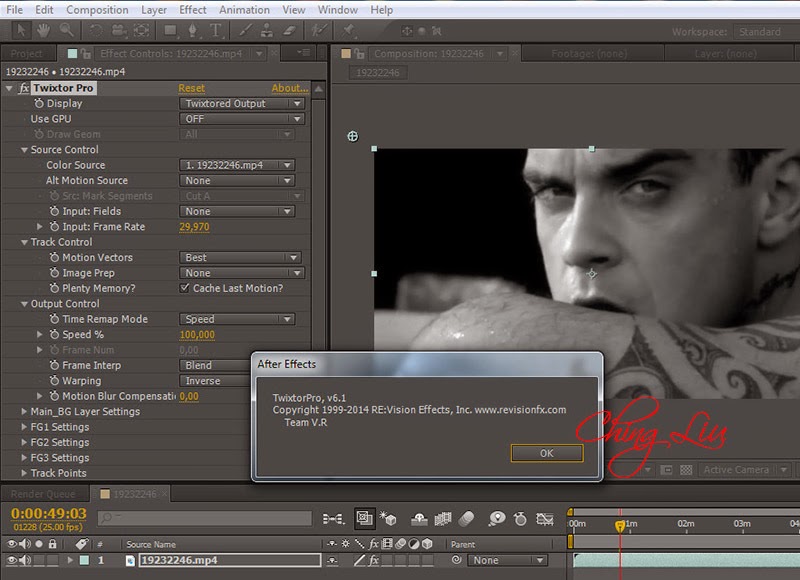Eko Ranger Guitar Serial Numbers


The most successful European guitar ever. At least 100,000 were made, including six- and twelve-string configurations, but the actual figure could be closer to 200,000. Under various names and versions, it was a mainstay of the Eko range for over twenty years. It started its carrier with a glued-in neck in late 1964 under the name J-52, soon substituted by the J-54 with a bolt-on neck and complemented by the twelve-string version J-56. Little modified versions were built for Vox under the names Country-Western and Folk Twelve in the years 1965 through 1968. Meanwhile, in early 1967, the J-54 and 56 were renamed Ranger VI and Ranger XII. Acoustic guitars only played a subordinate part in the Eko range in the 60’s.
 Digital Anarchy – Flicker Free 1.1.6| After Effects & Premiere Pro| 1 MB. Flicker Free is a powerful new form of video Deflicker. Resolves an issue that is common to many types of video footage either lights / electricity and are not synchronized cameras, video time – lapse or slow motion (high frame rate). Flicker Free was designed to deal with Time Lapse flicker and works beautifully on it. If you, like us, are a connoisseur of shooting Time Lapse we suggest taking a look at just how powerful Flicker can be creating these types of videos.
Digital Anarchy – Flicker Free 1.1.6| After Effects & Premiere Pro| 1 MB. Flicker Free is a powerful new form of video Deflicker. Resolves an issue that is common to many types of video footage either lights / electricity and are not synchronized cameras, video time – lapse or slow motion (high frame rate). Flicker Free was designed to deal with Time Lapse flicker and works beautifully on it. If you, like us, are a connoisseur of shooting Time Lapse we suggest taking a look at just how powerful Flicker can be creating these types of videos.
But there were cheaper alternatives, like the Eko 995. Eko guitars and basses were crafted by the Oliviero Pigini company of Recanati, Italy, founded in 1959. From the outset, the firm concentrated on accordion manufacturing and expanded into guitar production in the early ’60s.
But following the end of shipments to Vox in 1968 and to LoDuca in 1971 as well as the growing Japanese competition in the middle-priced electric guitar market, Eko had to redeploy onto Europe and to focus on acoustics, so that the Ranger Series emerged as the very centre of the company’s business in the 70’s. There has been two main generations, the watershed year being about 1973.
They are visually distinguished at first glance by the stenciled rosette, less ornate after 1973. While the older ones have more vintage appeal, the post-1973 Rangers are technically improved instruments with their thinner and more consistent polyester finish and improved bracing. In short, all Rangers are equally desirable.
They are famous for being heavy and built like tanks. Action is easy to set up due to the bolt-on neck and the adjustable aluminium bridge saddle.
They are known as great players. They are not as loud as modern high end guitars with solid spruce top and a set-neck, but they sound amazingly good, even though the Rangers were all made of laminated woods (yes!).
Many people say that compared to an expensive Martin, Gibson, Guild or Taylor, an Eko Ranger delivers 90% of the sound for less than 20% of the price. It is still the best possible bargain on the vintage market.
I requested this one custom made in 1968. It was delivered nov 1969. It came with a letter, said they liked my ideas, and would make a run of these guitars. I do not recall how many. They sent me mine free, all I paid was shipping. The design ideas -the short neck block, the set neck and the trapeze, were my own. The original trapeze sadly is broken, so I replaced it.
I also requested burly mahogany back and sides, which you can see, I got. I’ve never seen another like it, in person, but I have seen one for sale, here, a few years ago. Cameron MacLean.